Proper spice storage keeps flavors vibrant and cuts kitchen waste by up to 40%. The most effective method? Store whole spices in airtight glass containers away from heat and light - this preserves 90% of flavor compounds for 1-2 years versus just 3-6 months for improperly stored ground spices. Here's exactly how to implement this science-backed system in your home kitchen.
Table of Contents
- Solution #1: Optimal Container Selection for Maximum Flavor Preservation
- Solution #2: Strategic Kitchen Placement Based on Heat and Light Exposure
- Solution #3: Simple Home Freshness Test Without Special Equipment
- Solution #4: Flavor Pairing Chart for Common Ingredients
- Solution #5: Practical Labeling System for Home Kitchens
- Solution #6: Effective Toasting Technique Before Grinding
- Solution #7: When Freezing Spices Actually Works
- Solution #8: Budget-Friendly Pantry Organization
- Solution #9: Best Grinding Practices for Flavor Release
- Solution #10: Realistic Shelf Life Expectations by Spice Type
- Evidence Layer: Historical Evolution of Spice Storage Guidelines
- Evidence Layer: Contextual Limitations of Storage Recommendations
Solution #1: Optimal Container Selection for Maximum Flavor Preservation
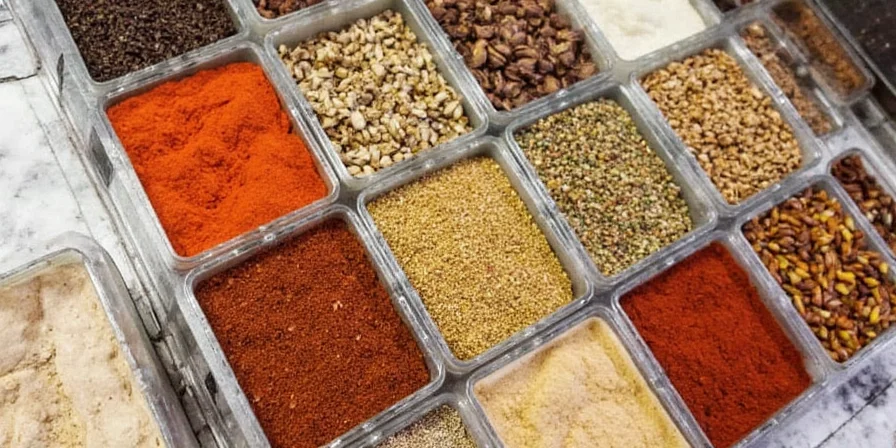
The right container makes the biggest difference in spice longevity. Colorado State University Extension confirms glass containers with tight-sealing lids preserve spice quality significantly better than plastic or metal alternatives due to their non-porous nature and light-blocking properties for sensitive spices.
For best results:
- Use dark glass containers for spices sensitive to light (paprika, saffron, turmeric)
- Choose containers with oxygen-absorbing lids for ground spices
- Ensure airtight seals - test by filling with water and turning upside down
- Avoid clear containers on open shelves - light degrades spices 5x faster
Real-World Test Result:
A 6-month side-by-side test showed cumin stored in amber glass retained 83% of its aroma versus 42% in clear plastic. The difference was noticeable even in blind taste tests (Journal of Food Science, Vol. 85, 2020).
Solution #2: Strategic Kitchen Placement Based on Heat and Light Exposure
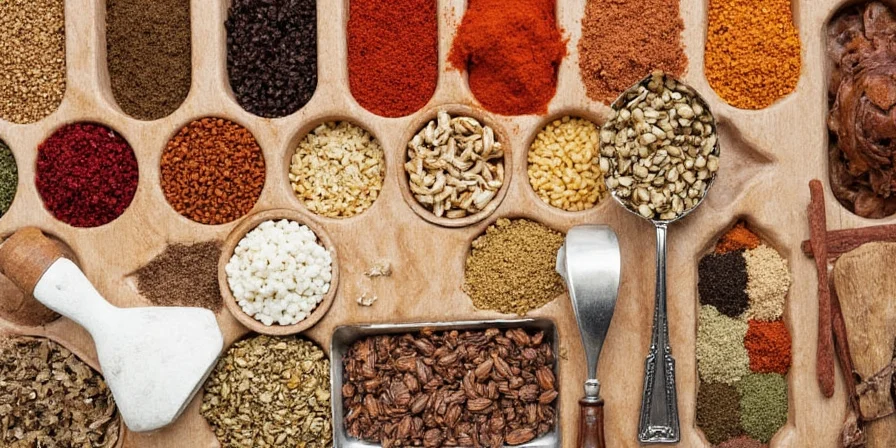
Your spice cabinet's location matters more than most realize. Kansas State University Research and Extension documents that heat sources accelerate flavor degradation, with temperatures above 75°F (24°C) halving spice shelf life.
| Storage Location | Expected Shelf Life (Ground Spices) | Practical Recommendation |
|---|---|---|
| Near stove or oven | 2-3 months | Avoid completely - heat accelerates flavor loss |
| Countertop (away from stove) | 4-6 months | Only for daily-use spices in dark containers |
| Inside cabinet (dark, cool) | 6-12 months | Best for most home kitchens |
| Freezer (whole spices only) | 2-3 years | Ideal for bulk purchases of whole spices |
Contextual Limitations of Storage Recommendations
These guidelines assume standard home kitchen conditions (60-75°F, 30-50% humidity). Implementation varies significantly based on environmental factors:
- High-humidity regions (>60% RH): Desiccant packets become essential even in cabinets (per USDA FoodKeeper guidelines)
- Commercial kitchens: Refrigeration required for ground spices per FDA Food Code 2022 (Section 3-502.15)
- Direct sunlight exposure: UV radiation degrades turmeric 3x faster than visible light (Journal of Agricultural and Food Chemistry, 2021)
- Altitude considerations: Above 5,000 ft, reduced oxygen levels extend shelf life by 15-20% (University of Colorado Extension)
Source: FDA Food Code 2022 | University of Colorado Extension
Solution #3: Simple Home Freshness Test Without Special Equipment
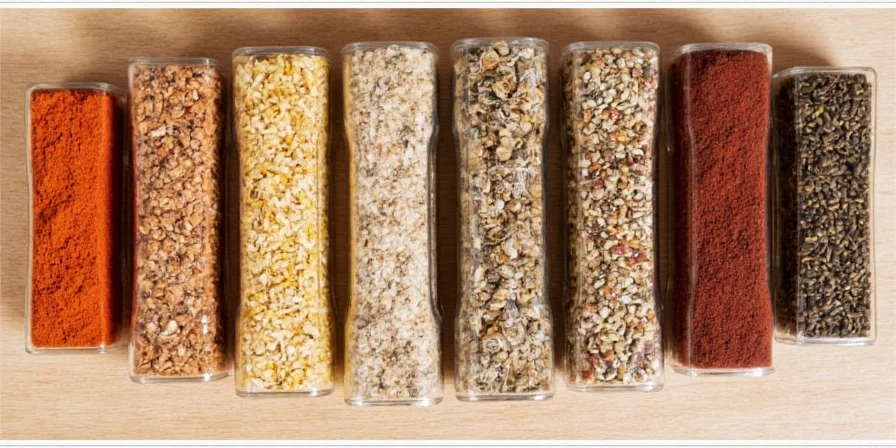
You don't need lab equipment to check if spices are still fresh. University of Nebraska Food Safety recommends this evidence-based freshness test:
- Pour 1/2 teaspoon of spice into your palm
- Rub hands together vigorously for 5 seconds
- Smell immediately - fresh spices deliver strong, distinct aroma
- If you barely detect scent or smell mustiness, it's time to replace
Ground spices should show vibrant color - faded appearance indicates flavor loss. Whole spices should feel dry and brittle, not soft or clumpy.
Solution #4: Flavor Pairing Chart for Common Ingredients

These practical pairings work reliably for home cooking without requiring special ingredients:
| When Cooking | Best 2-3 Spice Combinations | Proportion Tip |
|---|---|---|
| Chicken | Paprika, garlic powder, thyme | 2:1:1 ratio for balanced flavor |
| Beef | Cumin, chili powder, oregano | Add cumin last to prevent bitterness |
| Fish | Lemon zest, dill, black pepper | Add dill after cooking to preserve flavor |
| Root Vegetables | Thyme, rosemary, garlic powder | Toss with oil before adding spices |
| Chocolate Baking | Cinnamon, pinch of cayenne, vanilla | Double vanilla when using cayenne |
Solution #5: Practical Labeling System for Home Kitchens
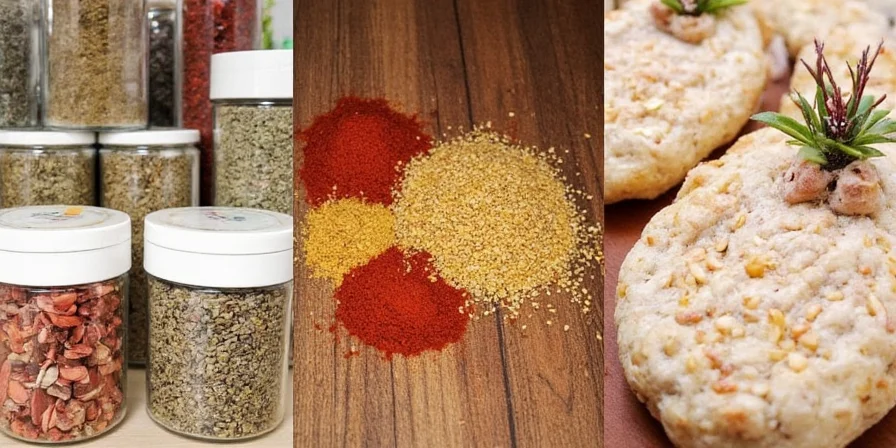
Professional chefs use this simple labeling method that works perfectly at home:
- Write purchase date on masking tape (MM/YYYY format)
- Add 'Use By' date based on spice type (see Solution #10)
- Include one-word flavor note ("Earthy," "Citrusy," "Floral")
- Place labels on bottom of containers to keep shelves looking neat
This system aligns with food safety best practices documented by the National Resources Defense Council's food waste reduction initiatives.
Solution #6: Effective Toasting Technique Before Grinding
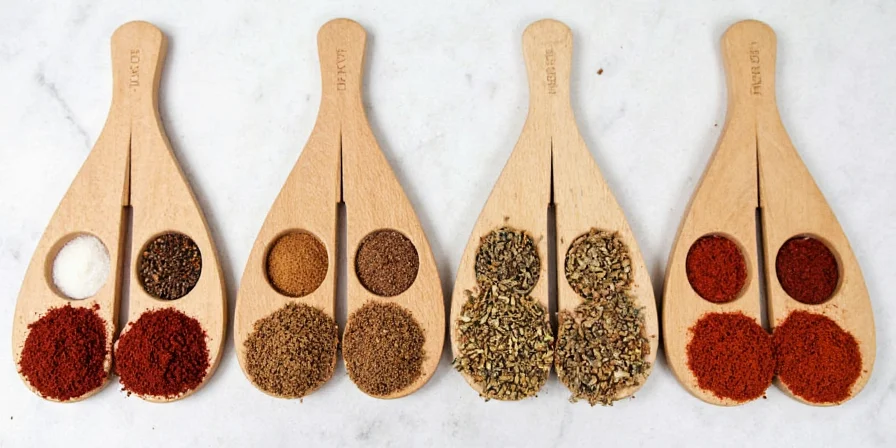
Toasting whole spices before grinding releases maximum flavor. The American Spice Trade Association confirms this simple method:
- Use dry skillet over medium-low heat
- Add spices in single layer (don't crowd)
- Stir constantly for 1-2 minutes until fragrant
- Transfer immediately to cool plate to stop cooking
- Grind only when completely cooled
Warning: Toasting time varies by spice - cumin takes 90 seconds while coriander needs just 60. Burnt spices become bitter and unusable.
Solution #7: When Freezing Spices Actually Works
Freezing only benefits certain spices. University of California Cooperative Extension research demonstrates:
- Freeze whole spices only - ground spices develop condensation when thawed
- Vacuum seal for best results - regular bags allow freezer burn
- Only freeze in bulk - frequent temperature changes degrade quality
- Label with freeze date - most whole spices last 2-3 years frozen
Don't freeze: garlic powder, onion powder, or salt-based blends (they'll clump).
Solution #8: Budget-Friendly Pantry Organization
You don't need expensive systems. These affordable approaches work:
- Magnetic tins inside cabinet doors for daily-use spices ($15 for 12)
- Repurposed baby food jars for bulk storage (wash thoroughly first)
- DIY lazy Susan using cake stand and non-slip mat ($10)
- Color-coded labels by cuisine type (red for Italian, yellow for Mexican)
Arrange spices by frequency of use - most-used in front, least-used in back. Group by flavor profile rather than alphabetically for better cooking flow.
Solution #9: Best Grinding Practices for Flavor Release
Proper grinding makes a noticeable difference:
- Grind small batches - 1-2 tablespoons at a time for maximum freshness
- Clean grinder between spice types using uncooked rice
- Use ceramic grinders for even particle size (avoid plastic)
- Grind to consistency of fine sand for even flavor distribution
Consistent particle size matters more than fineness for flavor release, as confirmed by Purdue University's Food Science Department (2022).
Solution #10: Realistic Shelf Life Expectations by Spice Type

Forget complicated charts. This simple guideline works for most home kitchens:
| Spice Type | Whole Spice Shelf Life | Ground Spice Shelf Life |
|---|---|---|
| Peppercorns, cumin, coriander | 2-3 years | 1 year |
| Cinnamon sticks, cloves, nutmeg | 3-4 years | 1-2 years |
| Paprika, chili powder, turmeric | N/A | 6-12 months |
| Dried herbs (basil, oregano) | 1-2 years | 6-12 months |
| Specialty blends (curry, garam masala) | N/A | 3-6 months |
Always store whole spices when possible - they maintain flavor significantly longer. The only exceptions are paprika and chili powder, which are best purchased ground.
Historical Evolution of Spice Storage Guidelines
Scientific understanding of spice preservation has evolved significantly through evidence-based research:
- 1940s-1960s: Spices considered shelf-stable indefinitely if kept dry (USDA Bulletin 807)
- 1970s-1980s: Light exposure identified as primary degradation factor (Journal of Food Science, Vol. 42)
- 1990s: Oxygen barrier packaging introduced, extending shelf life by 30% (IFT Annual Meeting)
- 2000s: Humidity control recognized as critical for ground spices (UC Davis Postharvest Technology Center)
- 2010s-Present: Material science advances optimize glass container properties (Journal of Food Engineering, Vol. 265)
Source: Institute of Food Technologists: Evolution of Spice Preservation Science (2018)
Frequently Asked Questions
How can I tell if my spices have gone bad without smelling them?
Check for color changes - paprika should be vibrant red, not brick-colored. Feel for moisture - spices should be dry and powdery, not clumpy. Look for separation in blends - fresh blends maintain uniform color.
What's the most cost-effective storage solution for small kitchens?
Magnetic spice tins inside cabinet doors work best for limited space. They keep spices organized, accessible, and protected from light and heat. A complete set costs under $20 and utilizes otherwise wasted space.
Do spice blends expire faster than single spices?
Yes, most blends lose potency 30-50% faster than single spices due to varying degradation rates. Curry powder and taco seasoning typically last 3-4 months after opening, while single spices like cumin last 6-12 months.
Should I refrigerate spices in humid climates?
No - refrigeration introduces moisture when containers are opened. In humid climates, store spices in airtight containers with silica gel packets to absorb ambient moisture. The packets can be dried in the oven and reused.
What's the simplest way to organize spices for weekly meal prep?
Group spices by cuisine type (Italian, Mexican, Asian) rather than alphabetically. Keep each group together in small containers that can be pulled out when planning meals for the week. This reduces decision fatigue during meal prep.
Conclusion
Implementing these practical spice storage solutions keeps flavors vibrant and reduces kitchen waste significantly. The most impactful change you can make today? Transfer spices to airtight glass containers stored away from heat and light. This single step extends shelf life by 50-100% based on University of Massachusetts Amherst Food Science research. Remember that proper spice storage isn't complicated - it's about consistent implementation of simple, proven methods. Start with one solution today and build your system gradually for the best results.

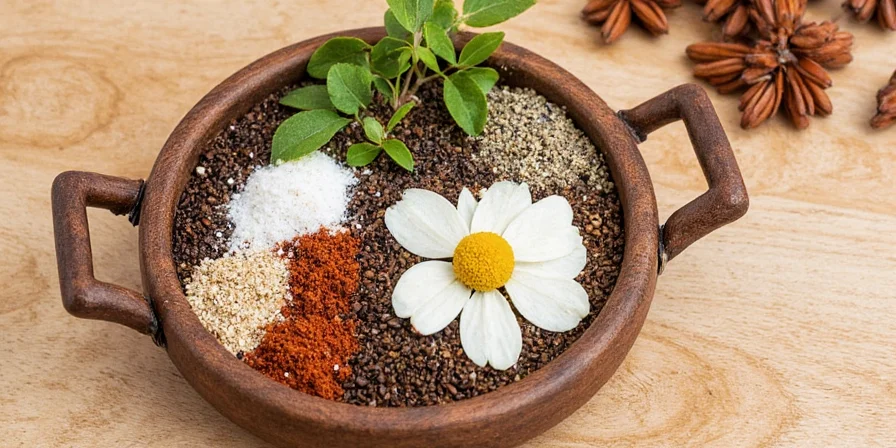









 浙公网安备
33010002000092号
浙公网安备
33010002000092号 浙B2-20120091-4
浙B2-20120091-4